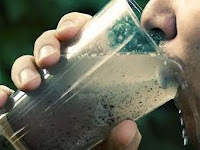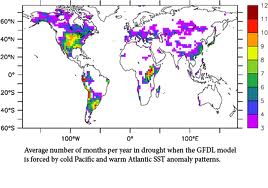 |
| Source - Wikipedia.org |
One structure of their body, pleopods, exists outside their skeleton.
Pleopods of creatures on land
 |
| Source - animalcrossing.wikia.com |
 |
| Source - derelia.com |
Pill bugs can loose as much as 30% of their body-moisture and still survive by replenishing this loss by absorbing water vapor in unsaturated air.
Their major loss of body-moisture is through evaporation from the body surface. One of the reasons to roll up into a ball is to reduce the body surface susceptible to promoting evaporation.
Other creatures that absorb water vapor
 |
| Flea Larvae Source - en.wikipedia.org |
 |
| Book lice Source - asktheexterminator.com |
 |
| Silverfish Source - silverfishbugs.net |
Why are all of nature's creations that can absorb water vapor from the air, so tiny? Is this a dependency on the amount of water vapor in the atmosphere? Is this a dependency on the size of the water vapor absorbing body structure?

















